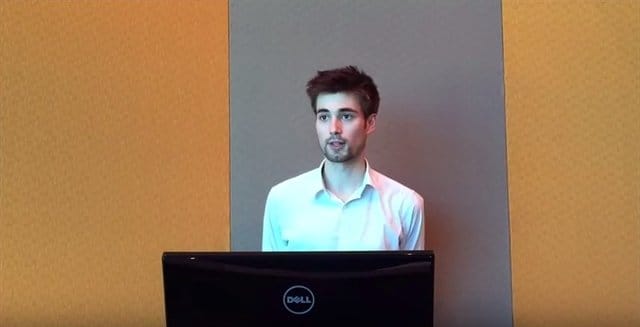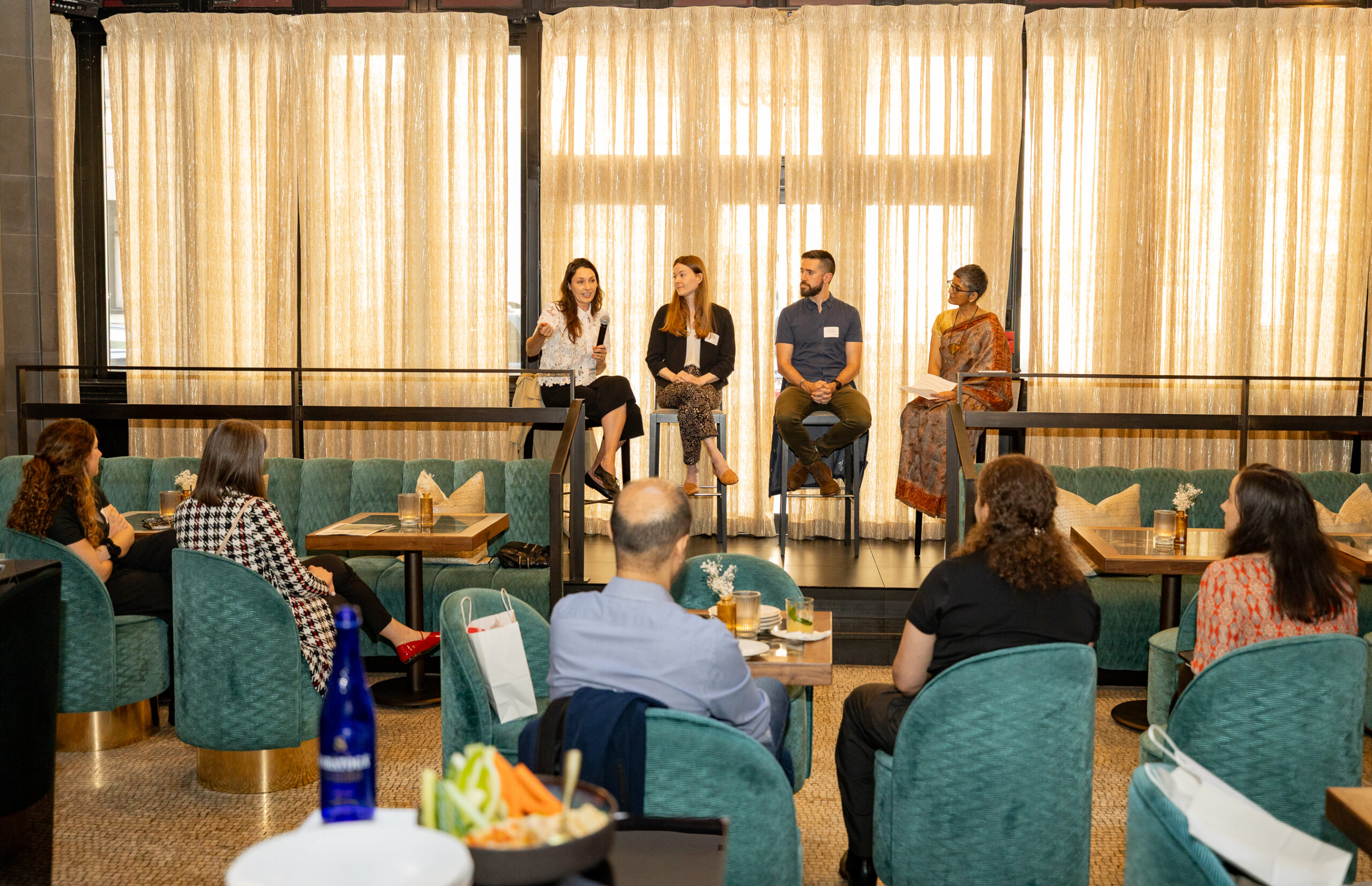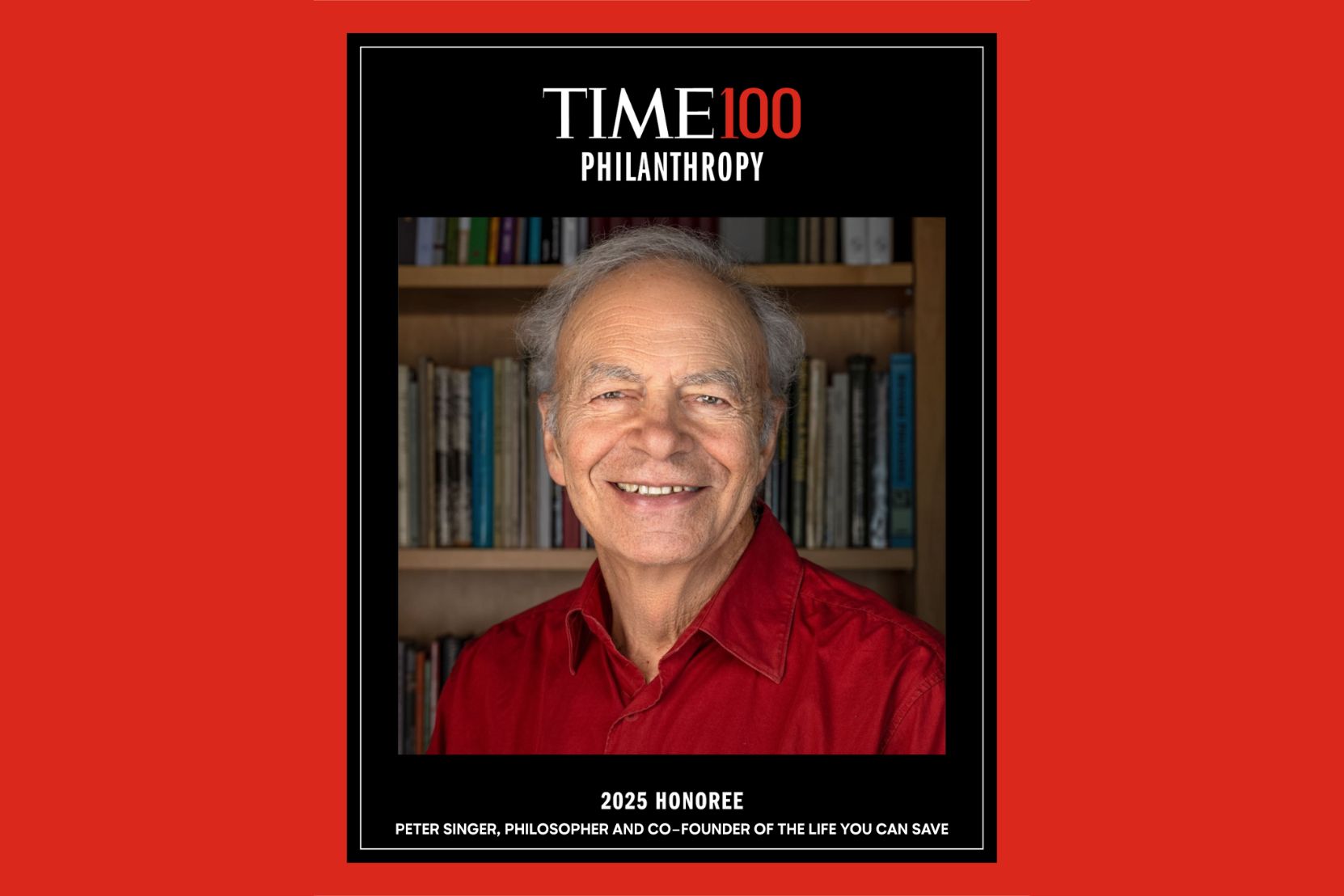By Michael Dello-Iacovo
This is Part 2 of a series on running effective altruism events. Read Part 1 of the series here.
The Life You Can Save Adelaide chapter ran Doing the Most Good on the 8th of December, which featured presentations by representatives of Oxfam and the Against Malaria Foundation (AMF), two of The Life You Can Save’s recommended charities. The video footage of the event can be watched here. This post involves a brief discussion of how we organised the event, with a more detailed analysis of the different advertising methods that we used to increase audience turnout.
The focus of the event was on how donors can pick effective charities and how charities themselves can be more effective. I see this approach as being a ‘soft sell’ for effective altruism (EA), with more emphasis on ensuring your donations are effective than asking people to donate more.
We hosted Julia Sumner, general manager of Oxfam Australia Trading. In addition, Rob Mather, CEO of AMF, dialled in via Skype. We had corresponded with Rob previously, and reached out to him via email with an invitation to present. Our group’s co-founder Louise Pfeiffer put us in touch with Julia, her contact at Oxfam. Our audience also included a number of representatives from charities that are not recommended by The Life You Can Save or GiveWell.
We were able to save on venue costs by hosting the event at a local university, which does not charge event fees for community events.
Advertising
We tried several methods of advertising for this event with varying degrees of success. We had a total of 44 people attend the event. Approximately 20 percent of our audience had come to an EA event before, and approximately 40 percent had previously heard of EA.
What worked well
The event was posted on Facebook, and our core members invited as many people as we could who we thought would be interested. This, and word of mouth, probably netted us about 40 percent of our attendees. If I saw someone that I’d never met click ‘interested’ on the event I sent them a message introducing myself, linking a brief introduction to EA and saying I hoped they could make it. This was a small time investment and seemed to get people who were thinking about coming to be more interested.
We also listed the event on Eventbrite, a ticket and event management site which appears more professional and collects the email addresses of attendees.
We created a Meetup group for the Adelaide chapter and listed Doing the Most Good several weeks before the event. This cost $86.20 AUD for a 6 month subscription and resulted in at least 3 people attending the event. The group now has 34 people on the page and has resulted in about 5 people attending at least one of our events or meetings, and an invitation to present to another group about effective altruism.
We also printed 100 posters for $41.25 AUD, of which some were put up at a few of our workplaces and the rest disseminated around cafes, universities and other sites around the city centre. We were able to get the event announced several times on a local community radio station for free in the week leading up to the event. However, we don’t know for certain how many attendees found out about our event from our posters and radio spots.
What didn’t work well
We listed the event on the local council website for free, but as far as I can tell, no attendees were funnelled from that site. We also wrote and disseminated a short press release to a number of local news outlets with an introduction to EA and details about the event, but didn’t get any results.
We invested in paid advertising on Google and Facebook, which provided us with a number of statistics. On Facebook we had two separate ad campaigns. The first was an advertisement with a link to the event’s Eventbrite page. This cost $66.04 over 11 days, reached 15,652 people and resulted in 71 web clicks, which means the ad was clicked by 0.45% of people it was shown to. It is difficult to say how many people then ordered a ticket and attended the event. The second campaign was an ad with a link to the Facebook event page. This cost $29.68 over nine days, was shown to 1,373 people and only resulted in one event response, or 0.07% of those who saw it. For both campaigns, we paid the minimum daily amount.
On Google Adwords we got 44,745 impressions, 128 clicks, a 0.29% click through rate with an average cost per click of $0.67 for a total cost of $85.48. Unless some aspect of the advertising was particularly ineffective, we conclude that online advertising is not an efficient way of getting attendees for the event.
What we could have done better
We acquired a list of Australian charities and individually searched for their email addresses, then mass emailed them an invite and some information about EA. This was time intensive, as there were over 800 charities listed, and I ended up paying someone $40 AUD on Airtasker to help finish the list. Not all charities had emails listed and some bounced, so around 400 emails were received. The emails were sent on a rolling basis from around one week prior to several days prior. Of these, around five resulted in someone attending the event. Approximately 15 charities responded and said they wanted to come but were unable to send someone at such short notice, though we responded with a link to the event’s recording. The lesson here is certainly to send out email invitations well in advance.
Do you have suggestions about what we could have done differently—or better? Let us know if you have any questions or suggestions! Contact me at mdello@hotmail.com. I’m also happy to share our Australian-based charity contact lists.



